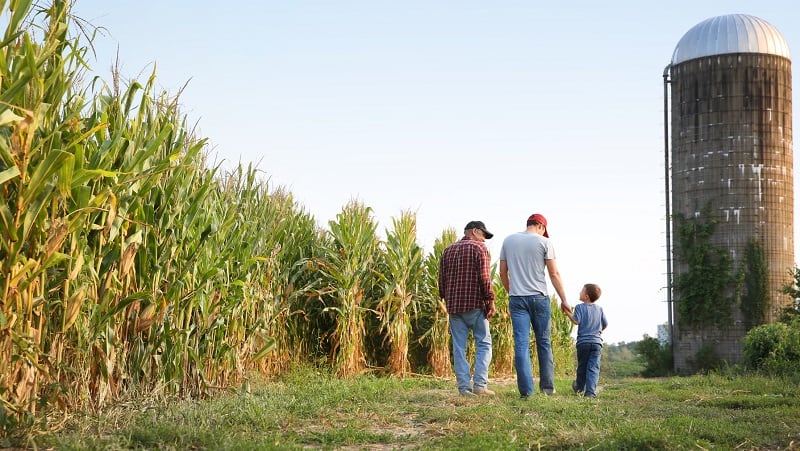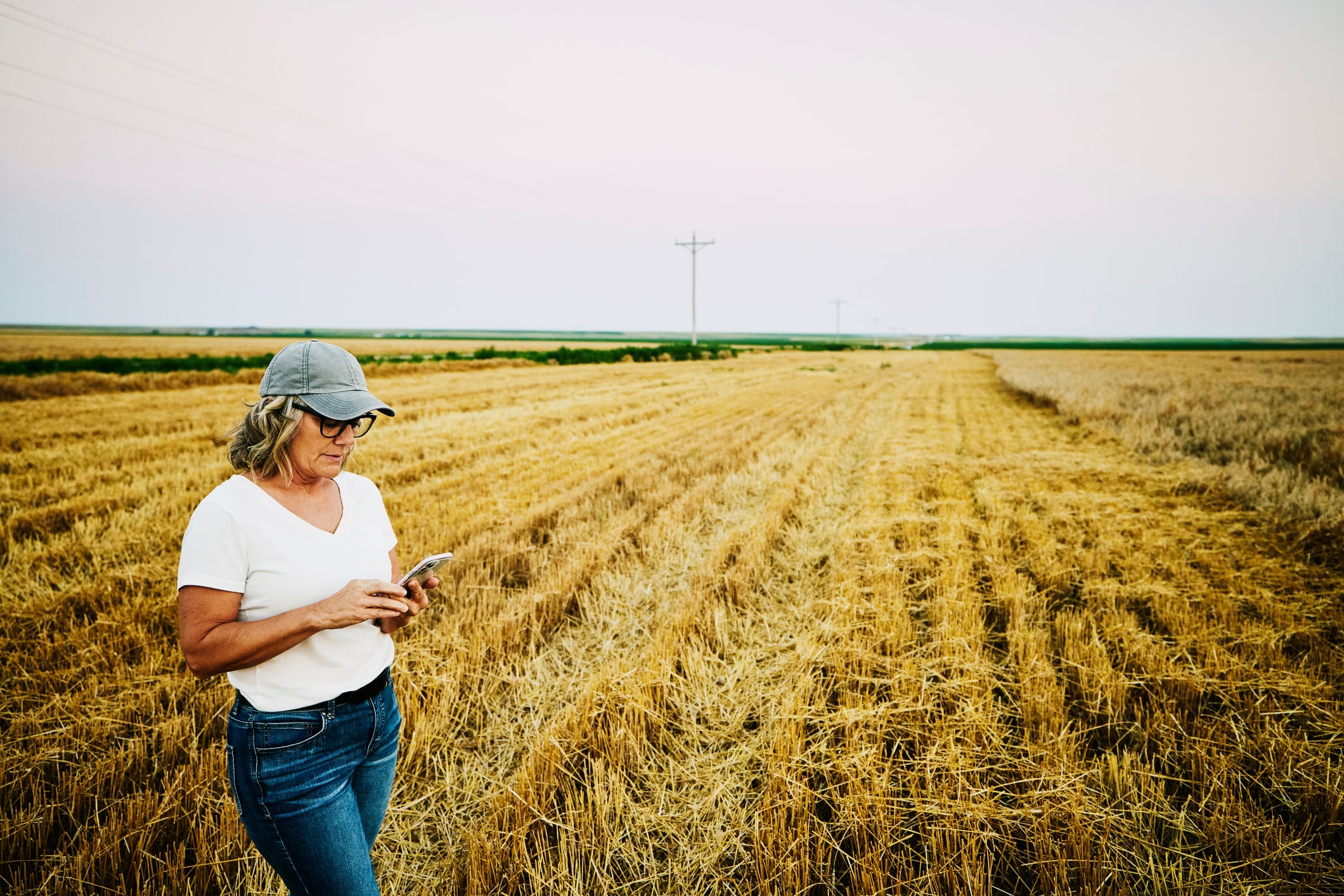Midwest farmers are facing numerous challenges — from topsoil erosion to plant nutrient management issues — that are compressing margins and impacting crop yields, but proper soil health data can help address these challenges head-on, Elizabeth French, soil biology manager at Waypoint Analytical, told AgTechNavigator.
Waypoint Analytical operates eight agronomy labs, including a recently opened Grand Island, Nebraska facility, where the company performs soil, plant pathology, and water testing; plant tissue analysis; and soil microbial assessments, according to the company.
The company is also piloting a soil biology test on a limited basis that provides insight into microbial activity in soil by analyzing microbes’ genes that cycle nitrogen, phosphorus, and potassium, the company added.
The company is expanding its footprint and services, as Midwest farmers grapple with numerous challenges to their business, including the loss of topsoil, French explained. The Midwest of the US lost 57.6 billion metric tons of soil over the last 160 years primarily due to tillage, according to research from the University of Massachusetts Amherst.
“We are losing topsoil, roughly two and a half tons per acre per year — that is a lot of ground that we are losing. This conversation about soil health is very timely, and ... this is something we need to deal with, and we need to figure out in order to not have more events like the Dust Bowl,” French emphasized.
“This type of testing is a bit of a paradigm shift from soil is just dirt ... into understanding it as an ecosystem — as a living component of a system."
Elizabeth French, soil biology manager at Waypoint Analytical
Additionally, farmers across the US are trying to make the most of their crop inputs, ensuring that their plants have the nutrients to thrive, French said. Proper nutrient management is also important to ensure that fertilizer application does not inadvertently create environmental issues like nitrogen leaching, she added.
“Fertilizer is expensive, and so if you are putting it on the ground, and it is getting lost because you have the soil conditions and the microbes there that are going to chew it up, and it is just ending up back in the air, that is a problem,” French elaborated.
Tracking the performance of biologicals with data
Benchmarking soil health can also be crucial for testing ways to improve soil and plant health, including through the adoption of ag biologicals, French said. Farmers can use soil health data to perform side-by-side comparisons before and after applying biologicals to ensure a crop input is having a meaningful impact, she added.
“The biologicals world is growing a lot — exploding at the moment. And so, there are literally hundreds, if not 1,000s, of different biological products that growers are getting bombarded with every day. And so, this provides another in-season way to see [whether] these products actually have the effects that they claim,” French explained.
The ag industry is learning more about soil health and biology, which is making farmers more responsive to challenges on the field, French explained. However, “not everyone is a big data person,” so easy-to-read reports are crucial to translating what is happening on and in the field, allowing farmers to act quickly to resolve issues, she added.
“This type of testing is a bit of a paradigm shift from soil is just dirt ... into understanding it as an ecosystem — as a living component of a system,” French elaborated.





